.png)
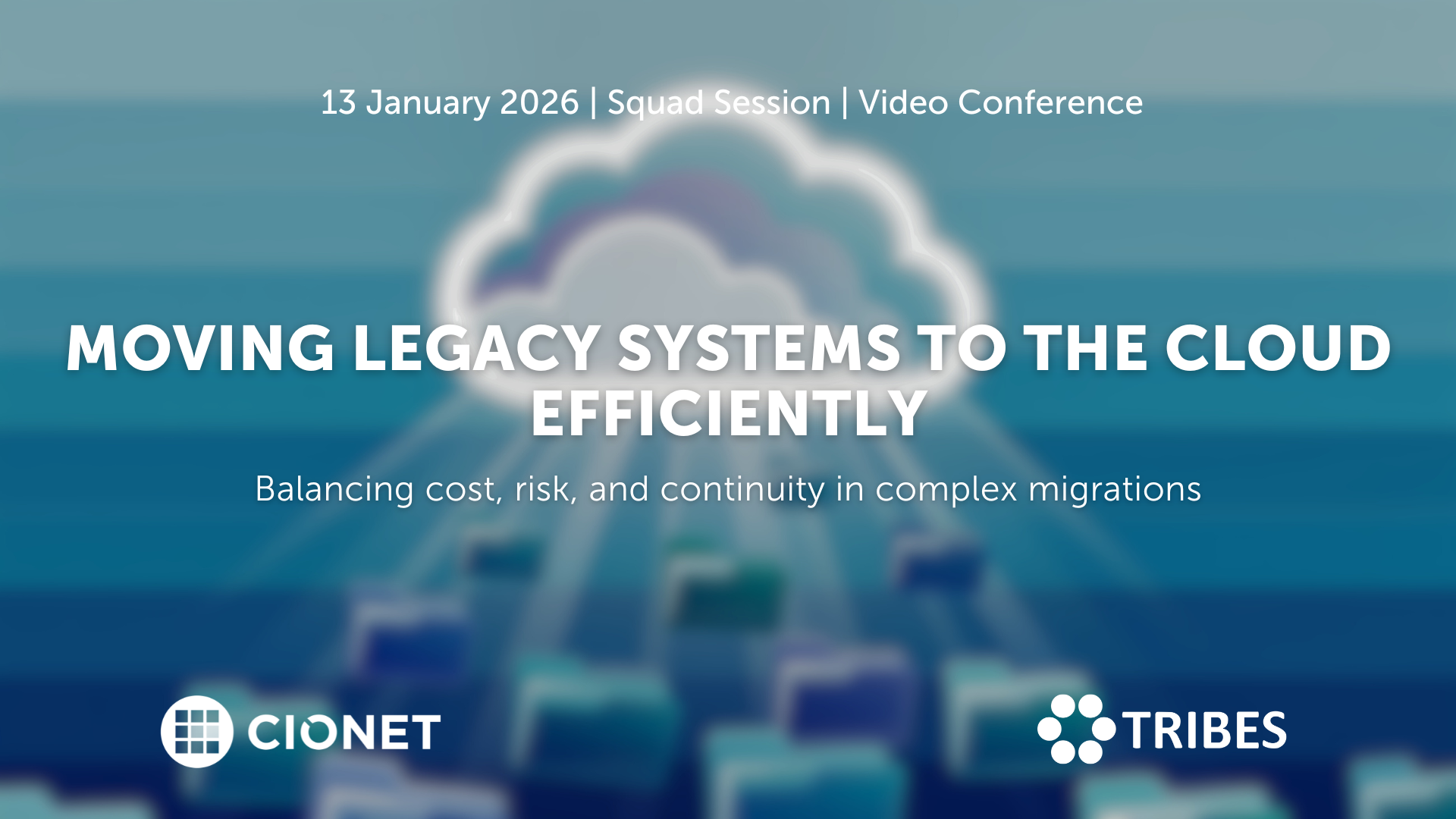
Belgium 13-1-26 Squad Only Virtual english
Migrating legacy systems to the cloud remains one of the toughest balancing acts in IT. Every choice affects stability, cost, and trust at once, and what starts as a modernisation effort quickly turns into a negotiation between ambition and reality. Suddenly budgets rise, dependencies appear late, and timelines tighten as old architectures collide with new expectations. In the end, success depends on sequencing, ownership, and aligning business priorities with infrastructure limits, and not only on technical readiness. Making it work requires more than a plan on paper. Knowing which systems genuinely belong in the cloud, which can wait, and which should stay put shapes the entire roadmap and defines its success. Each refactoring decision sets the level of future flexibility, but it also drives cost and risk. The trade-offs between speed, sustainability, and resilience only become clear once migration begins and pressure builds. Let’s discuss how to plan migrations that stay on track, manage hidden dependencies, and handle downtime with confidence. Let’s also discuss how governance, testing, and vendor coordination keep progress visible and credible. Are you in? A closed conversation for those who turn cloud migration from a disruption into a long-term advantage.
Read More.png)
Belgium 20-1-26 All Members Physical english
CIOs today are being judged less as technology leaders and more as portfolio managers. Every euro is under scrutiny. Boards and CFOs demand lower run costs, higher efficiency, and clear ROI from every digital initiative. Yet, they also expect CIOs to place bets on disruptive technologies that will keep the enterprise competitive in five years. This constant tension is redefining the role. In this session, we go beyond FinOps and cost reporting to tackle the strategic financial dilemmas CIOs face.
Read More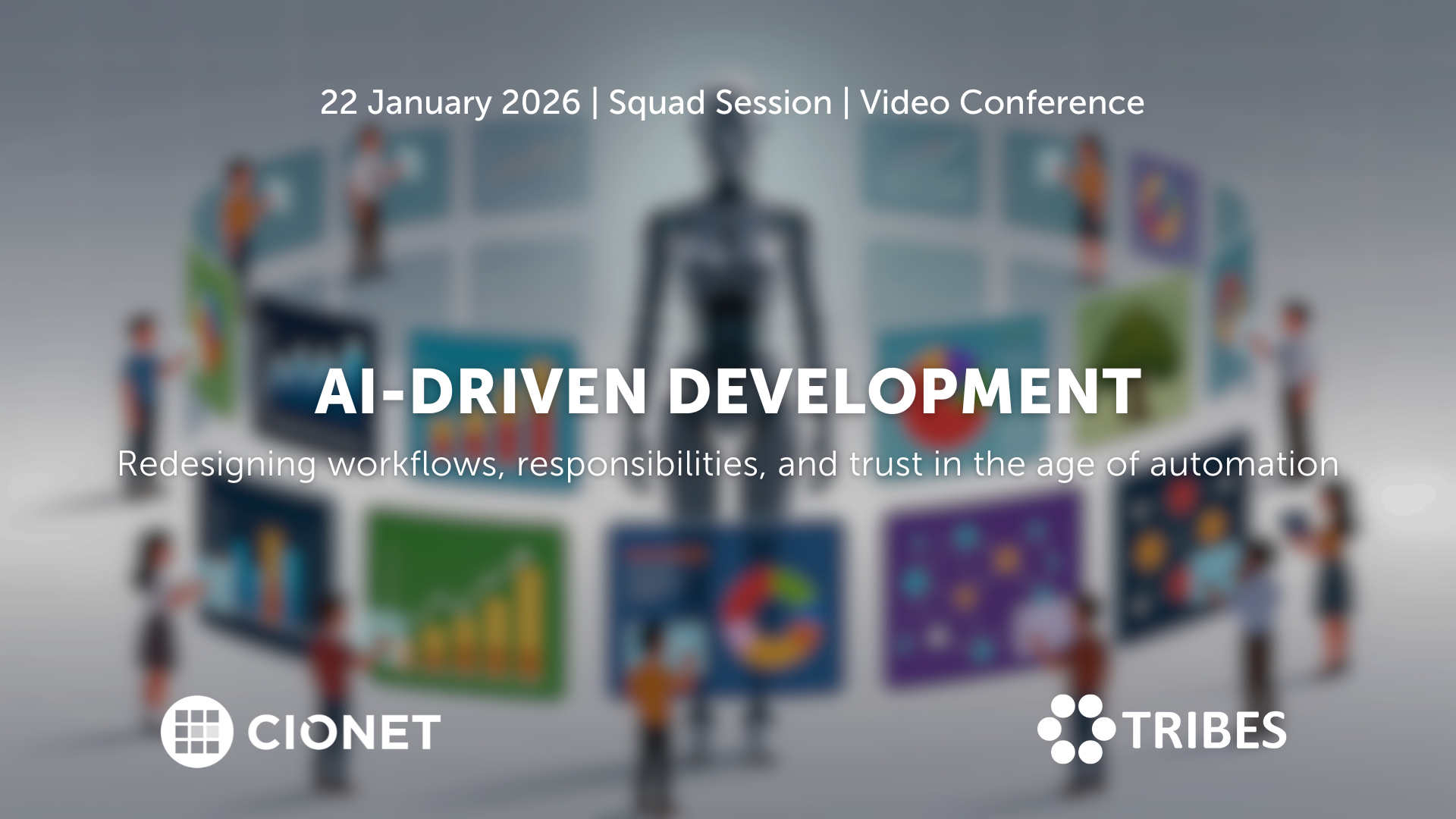
Belgium 22-1-26 Invitation Only Virtual english
AI coding assistants entered development teams quietly, but their impact grows by the day. What started as autocomplete now shapes architecture decisions, documentation, and testing. And when productivity gains are visible, so are new risks: security blind spots, uneven quality, and the slow erosion of shared standards. Teams move faster, but not always in the same direction. The challenge has become integration rather than adoption. And new questions have risen: how do you blend automation into established practices without losing oversight? When is human review still essential, and what should the rules of collaboration between developer and machine look like? As AI tools learn from proprietary code, where do responsibility and accountability sit? Let’s talk about how to redefine those workflows, balancing creativity with control, and protecting code quality in a hybrid human-AI environment. A closed conversation on where AI accelerates progress, where it introduces new debt, and how development culture must evolve to stay credible.
Read More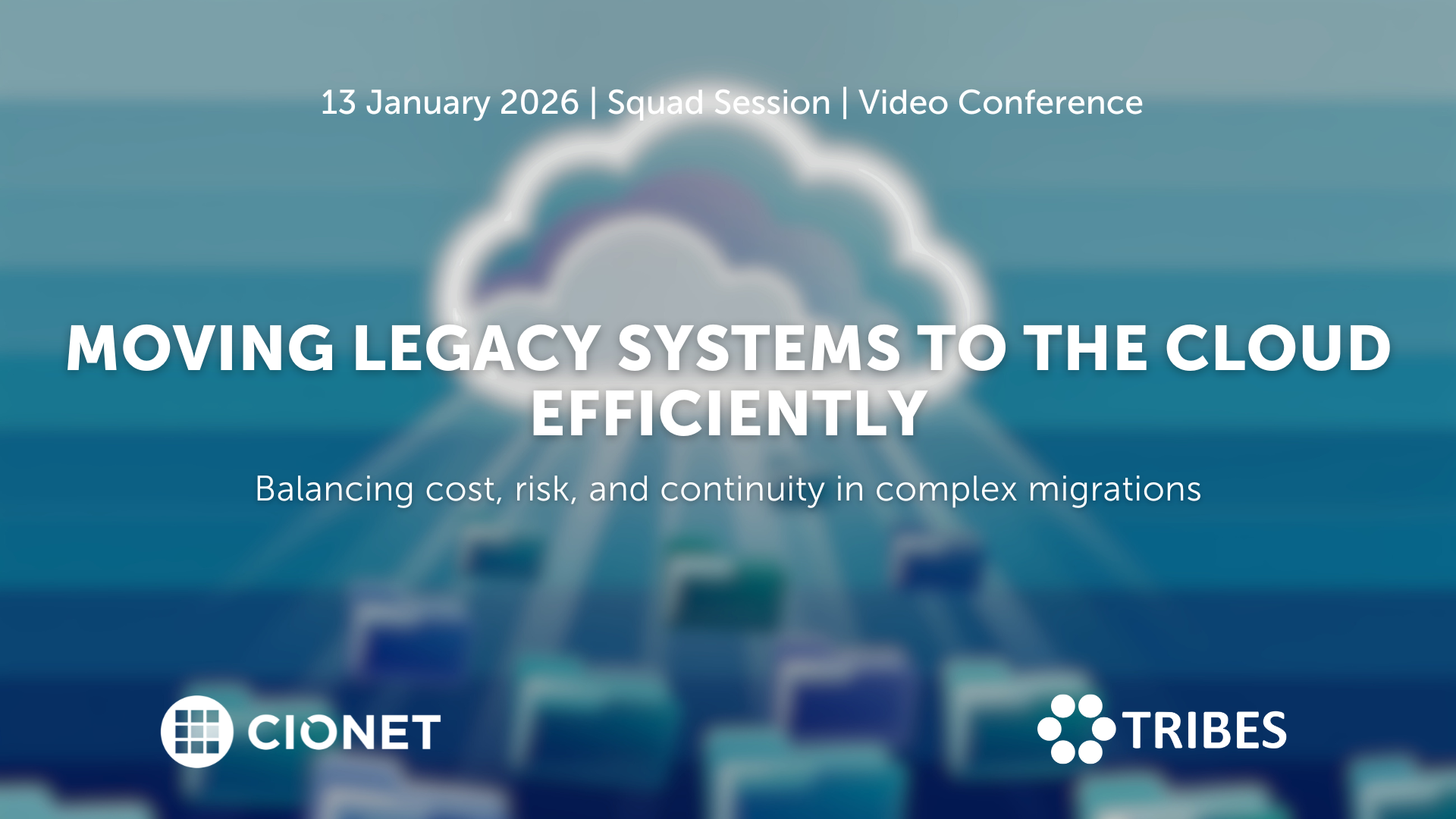
January 13, 2026 Squad Session Invitation Only Virtual english
Migrating legacy systems to the cloud remains one of the toughest balancing acts in IT. Every choice affects stability, cost, and trust at once, and what starts as a modernisation effort quickly turns into a negotiation between ambition and reality. Suddenly budgets rise, dependencies appear late, and timelines tighten as old architectures collide with new expectations. In the end, success depends on sequencing, ownership, and aligning business priorities with infrastructure limits, and not only on technical readiness. Making it work requires more than a plan on paper. Knowing which systems genuinely belong in the cloud, which can wait, and which should stay put shapes the entire roadmap and defines its success. Each refactoring decision sets the level of future flexibility, but it also drives cost and risk. The trade-offs between speed, sustainability, and resilience only become clear once migration begins and pressure builds. Let’s discuss how to plan migrations that stay on track, manage hidden dependencies, and handle downtime with confidence. Let’s also discuss how governance, testing, and vendor coordination keep progress visible and credible. Are you in? A closed conversation for those who turn cloud migration from a disruption into a long-term advantage.
Read More
January 22, 2026 Squad Session Invitation Only Virtual english
AI coding assistants entered development teams quietly, but their impact grows by the day. What started as autocomplete now shapes architecture decisions, documentation, and testing. And when productivity gains are visible, so are new risks: security blind spots, uneven quality, and the slow erosion of shared standards. Teams move faster, but not always in the same direction. The challenge has become integration rather than adoption. And new questions have risen: how do you blend automation into established practices without losing oversight? When is human review still essential, and what should the rules of collaboration between developer and machine look like? As AI tools learn from proprietary code, where do responsibility and accountability sit? Let’s talk about how to redefine those workflows, balancing creativity with control, and protecting code quality in a hybrid human-AI environment. A closed conversation on where AI accelerates progress, where it introduces new debt, and how development culture must evolve to stay credible.
Read More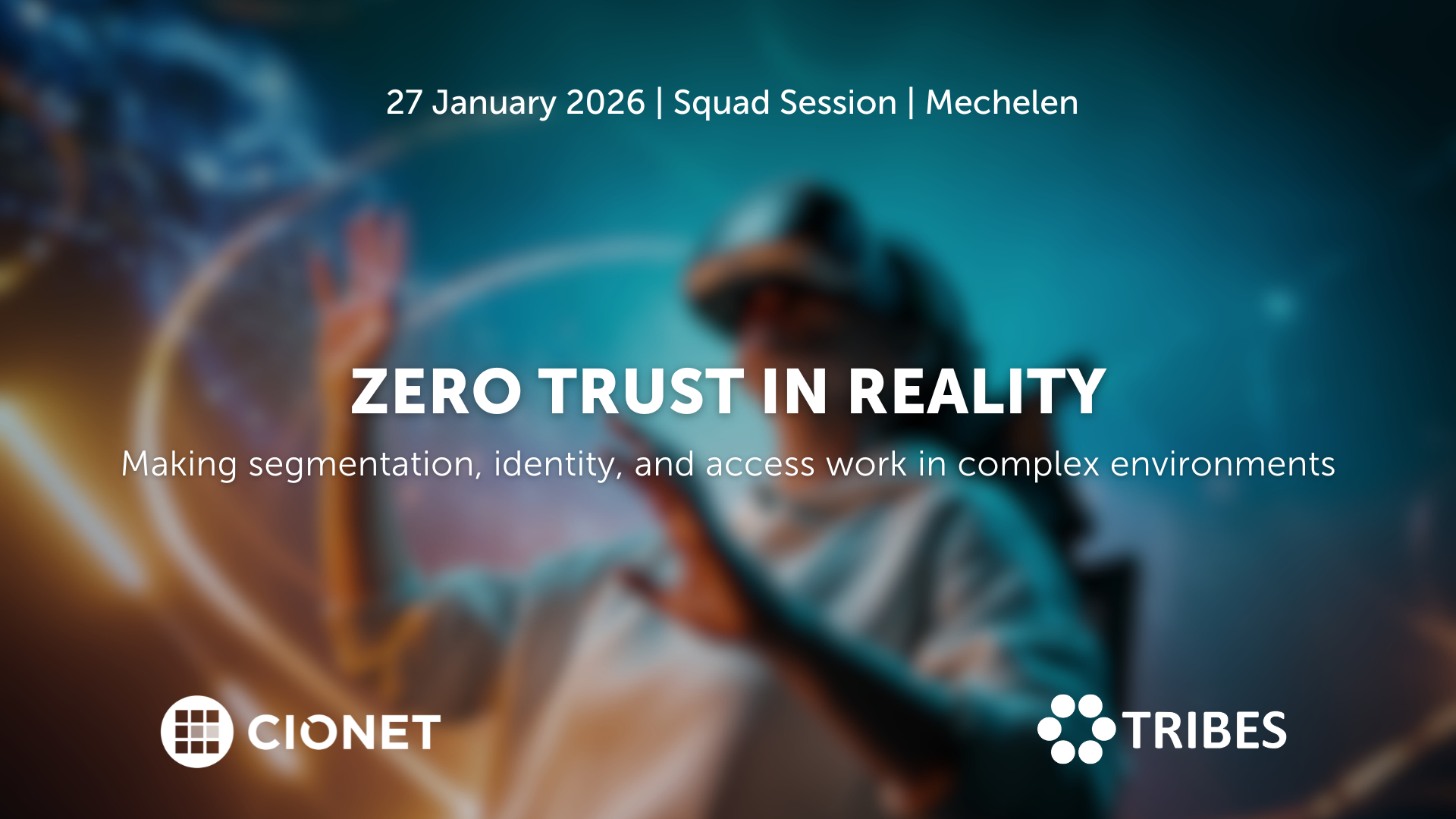
January 27, 2026 Squad Session Invitation Only Physical english
Zero Trust sounds simple on paper: trust no one, verify everything. But once you start implementing it, the fun begins. Legacy systems, hybrid networks, and human habits don’t read the manual. The idea is solid; the execution, not so much.
Read More
CIONET Trailblazer: AI Transformation: Bridging the Cultural Divide to Achieve Competitive Advantage
Published on: December 17, 2025 @ 9:16 AM
DC Water hunts lost water with analytics
Predictive analytics and AI are helping the District of Columbia’s water authority discover water main and sewer pipe breaks proactively.
The District of Columbia Water and Sewer Authority (DC Water) delivers about 900 million gallons of drinking water a day via 1,300 miles of pipes, and operates the worlds largest advanced wastewater treatment plant, processing an average of about 300 million gallons a day. Thomas Kuczynski’s mission is to deliver analytics throughout the organization, or, as he puts it, to get out of the report business.
“I want to be in the data business,” Kuczynski says. “I want to be here exposing a reliable, auditable source of information to the people that need to make the decisions.”
Kuczynski is CIO and vice president of IT at DC Water and president of DC Water’s wholly owned nonprofit affiliate, Blue Drop, which is responsible for generating non-ratepayer revenue to help minimize the impact of rate increases on DC Water customers.
“We’ve made a significant investment in certain areas, largely focused on what we refer to as ‘non-revenue water,’” Kuczynski says. “We’re spending a lot of time on the operations side building predictive analytics tools for predicting water main breaks so we can be more proactive in eliminating them rather than responding to them. We’re doing some work now in what is typically referred to in the electric industry as ‘outage management.’”
Much of the focus of DC Water’s efforts is on eliminating “unaccounted for water,” which is the difference between the water pumped into the system, and the water consumed, measured by an advanced meter reading (AMR) system. Some of that unaccounted for water is the result of legitimate uses, such as the city’s fire suppression efforts via DC Water’s more than 9,000 fire hydrants.
“As you eliminate all those, there’s a remainder of water that’s being consumed by the system somehow, but it’s not being billed,” Kuczynski says. “It could be because of inaccurate metering — oversized meters that run slow because there’s not enough volume, meters that are degrading and have to be recalibrated.”
So Kuczynski and his team are putting a variety of data sources to work in building a set of dashboards and routines to isolate where the majority of that loss is occurring and “home in on specific areas where the overall loss is significantly higher than in other portions of the system, and then apply other types of analytics to try to determine why,” he says.
Analytics in action
Kuczynski’s team is building digital platforms and linking them to DC Water’s SCADA and process control system (PCS). SCADA manages and controls DC Water’s distribution and collection system, while PCS operates the Blue Plains Advanced Wastewater Treatment Plant. By integrating those systems with its customer systems and GIS platform, DC Water is able to perform spatial analysis as events are occurring.
“When heavy rain falls, we’re able to monitor the performance of the collection systems and also potential customer complaints about flooding to be more proactive about responding to those on the water delivery side,” Kuczynski says.
The analytics also enables DC Water to compare the consumption of similar users (such as hotels or laundromats) to look for outliers. Doing so helps the organization identify potential leaks or bad meters. It’s even helped the organization discover broken pipes in abandoned properties.
The most sophisticated analytical tool DC Water has is Pipe Sleuth, a sewer assessment solution developed at Blue Drop that uses AI to review CCTV footage to assess sewer pipe status in real time.
“It uses an advanced, deep learning neural network model to do image analysis of small diameter sewer pipes, classify them, and then create a condition assessment report,” Kuczynski says.
Prior to Pipe Sleuth, operators had to review each frame of footage manually and tag any defects they saw. A certified engineer would then look at the tagged footage and classify the defects.
Kuczynski, who has been DC Water’s CIO since 2013, says the organization started implementing analytics in a comprehensive and focused way about two years ago.
“Some of that ramp up was educating people around digital analytics and data science, creating and exposing the digital assets that we had available to us,” he says. “Largely it was focused on individual systems first, like understanding how well individual groups of workers were performing particular types of jobs relative to the population as a whole.”
Those efforts were fairly straightforward but helped the team gain experience. About a year ago, they started aggregating different sources of information, such as bringing together billing data and meter data from the AMR system and blending it.
“We’re getting more and more sophisticated,” Kuczynski says.
A matter of trust
The initial education component at DC Water consisted of centralizing data sources, providing access to them, and helping individuals understand how those resources could aid decision-making processes.
“Part of it is really educating people about the power of some of these tools and their ability to be more precise in their predictions, and getting people comfortable, especially when the answer comes out and you don’t necessarily always see the process through which that happens,” Kuczynski says.
Helping others gain trust in predictive analytics tools is essential, and it may mean working through the answer a model provided to either confirm it or cancel it out. Kuczynski points to the tool for predicting water main breaks. It’s accepted wisdom in a lot of circles that water main breaks occur due to cold weather, and they are more frequent in colder parts of the year. That said, the tool also has to predict water main breaks during warm parts of the year.
“If your goal is to solve the main break problem, then you have to solve it in its entirety, not just for that one part of the year,” he says. “It’s actually more about rapid fluctuations in temperature that cause the ground to surge and cause dislocations in a pipe.”
Ultimately, the goal of all these efforts is to drive down water loss between 2% and 5%, roughly 1.8 million to 4.5 million gallons per day. Every 1% of “found water” that was previously unmetered is worth about $4 million to the organization.
“You want to look at those problems that are persistent challenges for your organization and ideally have a revenue component or efficiency component associated with them,” Kuczynski says. “It’s always easier to sell something that saves you something, whether that’s real dollars or something that improves a process significantly.”
311 Views 0 Likes Read More
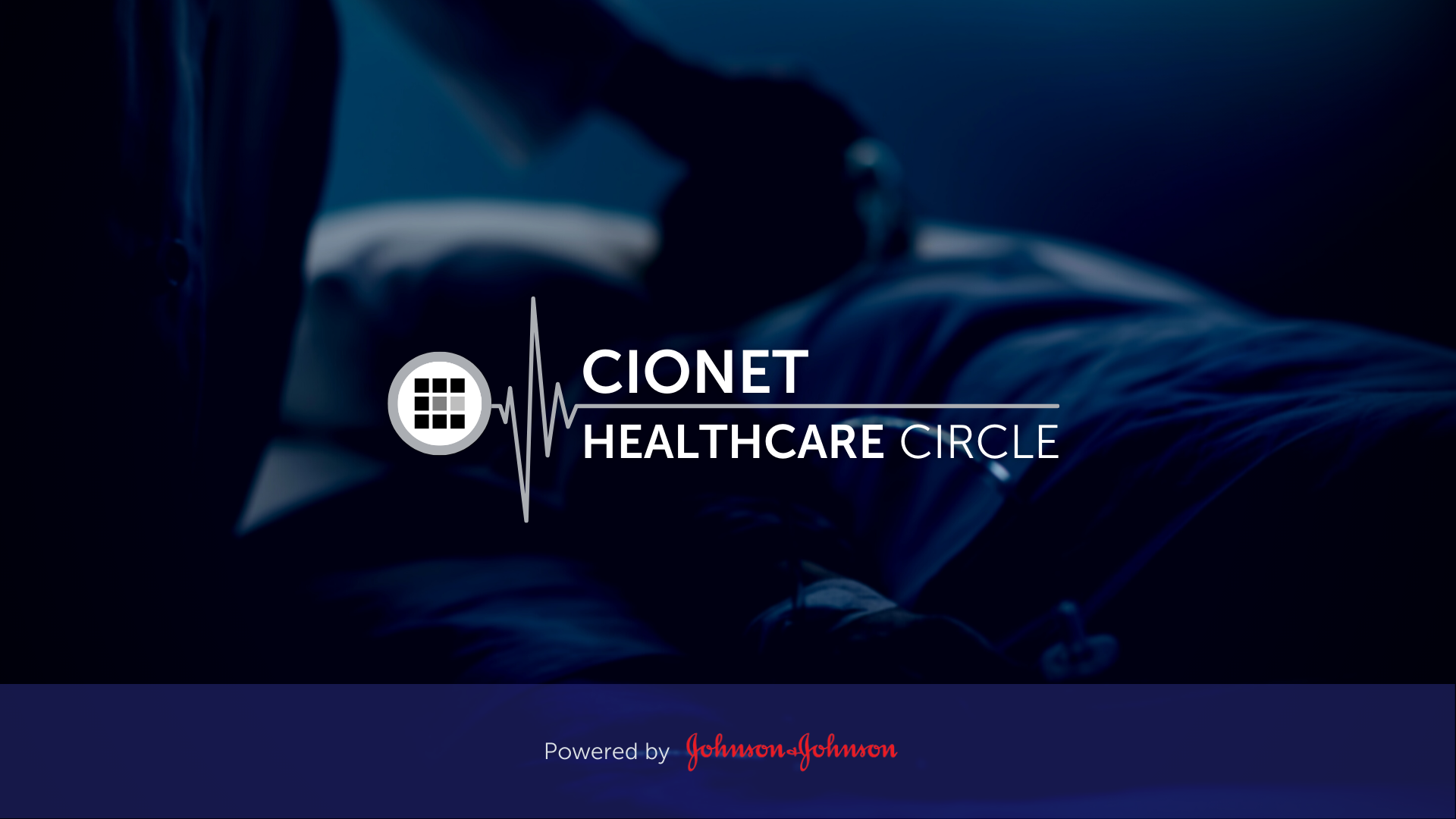
Digital Transformation is redefining the future of health care and health delivery. All stakeholders are convinced that these innovations will create value for patients, healthcare practitioners, hospitals, and governments along the patient pathway. The benefits are starting from prevention and awareness to diagnosis, treatment, short- and long-term follow-up, and ultimately survival. But how do you make sure that your working towards an architecturally sound, secure and interoperable health IT ecosystem for your hospital and avoid implementing a hodgepodge of spot solutions? How does your IT department work together with the other stakeholders, such as the doctors and other healthcare practitioners, Life Sciences companies, Tech companies, regulators and your internal governance and administrative bodies?
Read More
The Telenet Business Leadership Circle powered by CIONET, offers a platform where IT executives and thought leaders can meet to inspire each other and share best practices. We want to be a facilitator who helps you optimise the performance of your IT function and your business by embracing the endless opportunities that digital change brings.
Read More
Découvrez la dynamique du leadership numérique aux Rencontres de CIONET, le programme francophone exclusif de CIONET pour les leaders numériques en Belgique, rendu possible grâce au soutien et à l'engagement de nos partenaires de programme : Deloitte, Denodo et Red Hat. Rejoignez trois événements inspirants par an à Liège, Namur et en Brabant Wallon, où des CIOs et des experts numériques francophones de premier plan partagent leurs perspectives et expériences sur des thèmes d'affaires et de IT actuels. Laissez-vous inspirer et apprenez des meilleurs du secteur lors de sessions captivantes conçues spécialement pour soutenir et enrichir votre rôle en tant que CIO pair. Ne manquez pas cette opportunité de faire partie d'un réseau exceptionnel d'innovateurs numériques !
Read More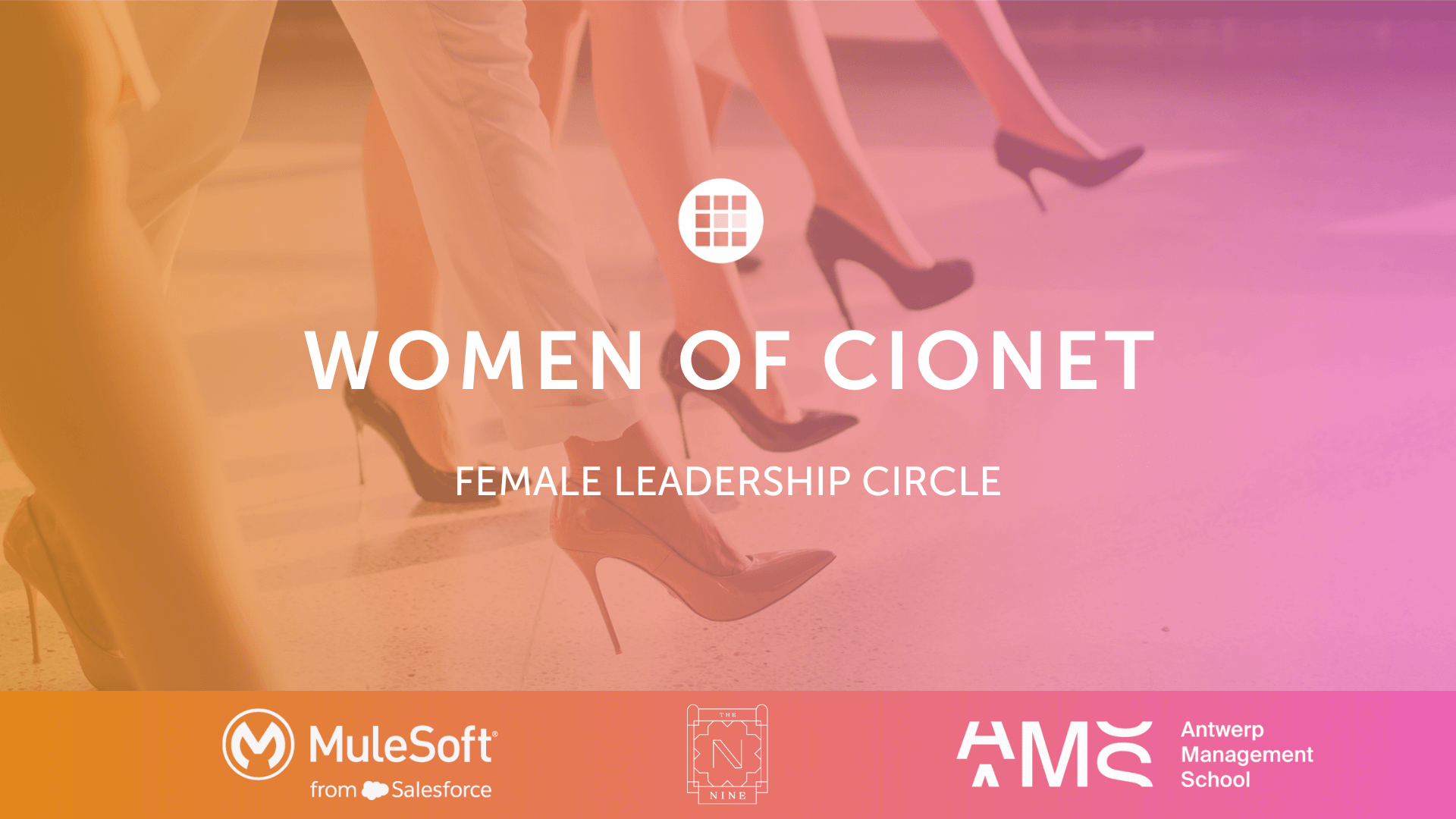
CIONET is committed to highlighting and celebrating female role models in IT, Tech & Digital, creating a leadership programme that empowers and elevates women within the tech industry. This initiative is dedicated to showcasing the achievements and successes of leading women, fostering an environment where female role models are recognised, and their contributions can ignite progress and inspire the next generation of women in IT. Our mission is to shine the spotlight a little brighter on female role models in IT, Tech & Digital, and to empower each other through this inner network community.
Read More

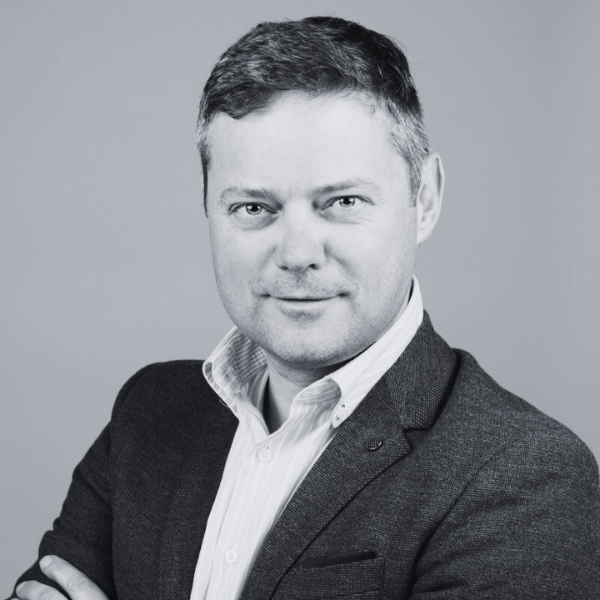
-Apr-01-2022-10-58-34-57-AM.png)







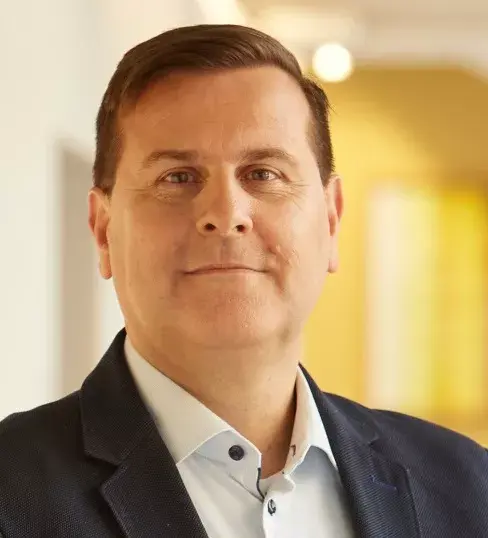

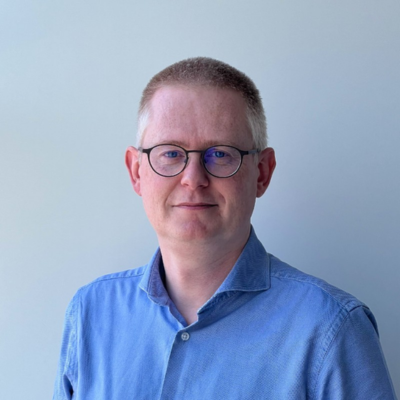

-Dec-13-2023-10-53-15-5032-AM.png)




-Jun-12-2023-01-23-11-7540-PM.png)





-Apr-01-2022-10-58-34-68-AM.png)
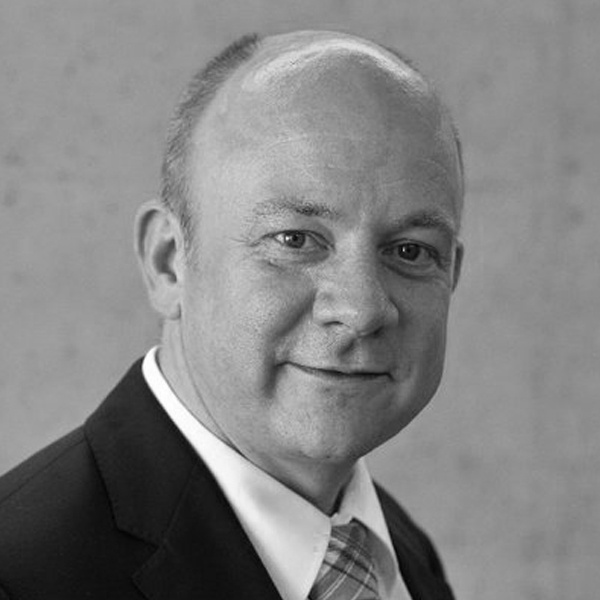
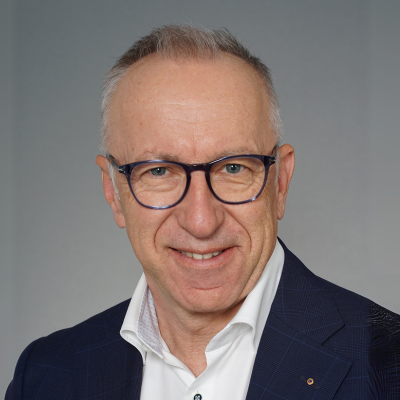




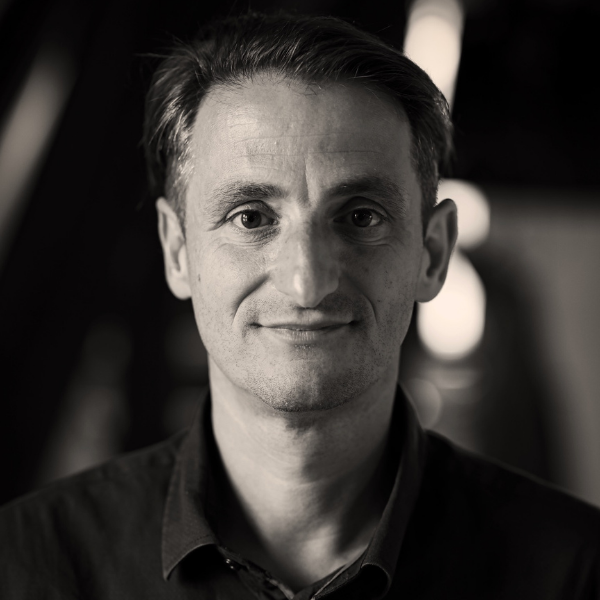



-2.jpg)
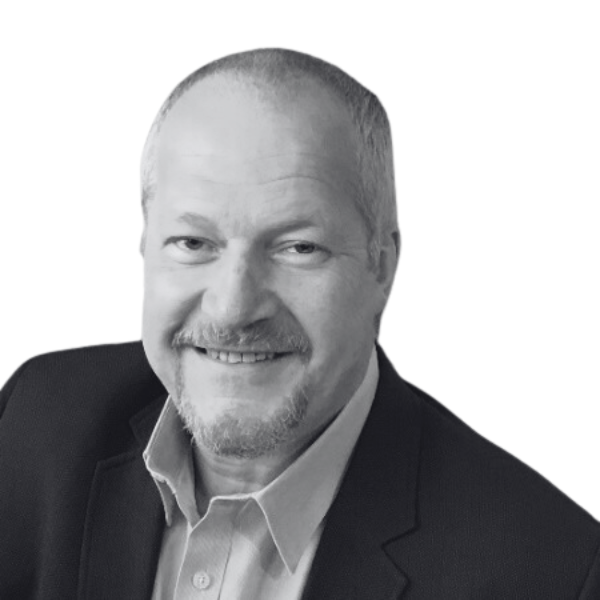



-Sep-01-2022-02-47-55-60-PM.png)
-Nov-22-2023-08-56-42-6802-AM.png)
.png)
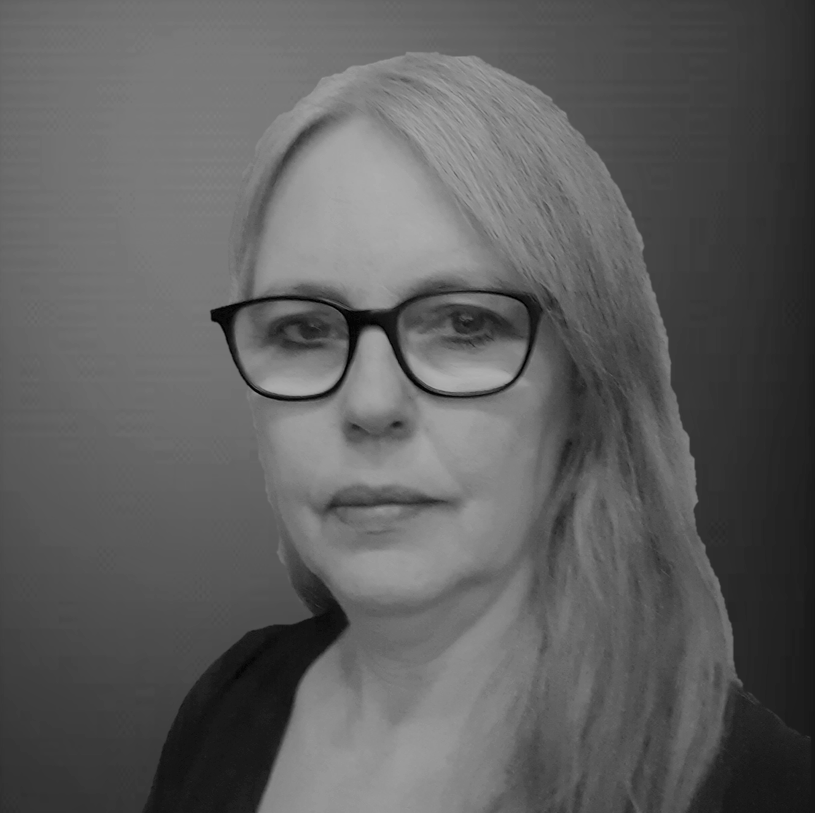
Would you like to know more about CIONET Belgium, membership or partnership opportunities? Do you have feedback or any other question? Send us a message!
You can either send us a registered handwritten letter explaining why you'd like to become a member or you can simply talk to us right here!